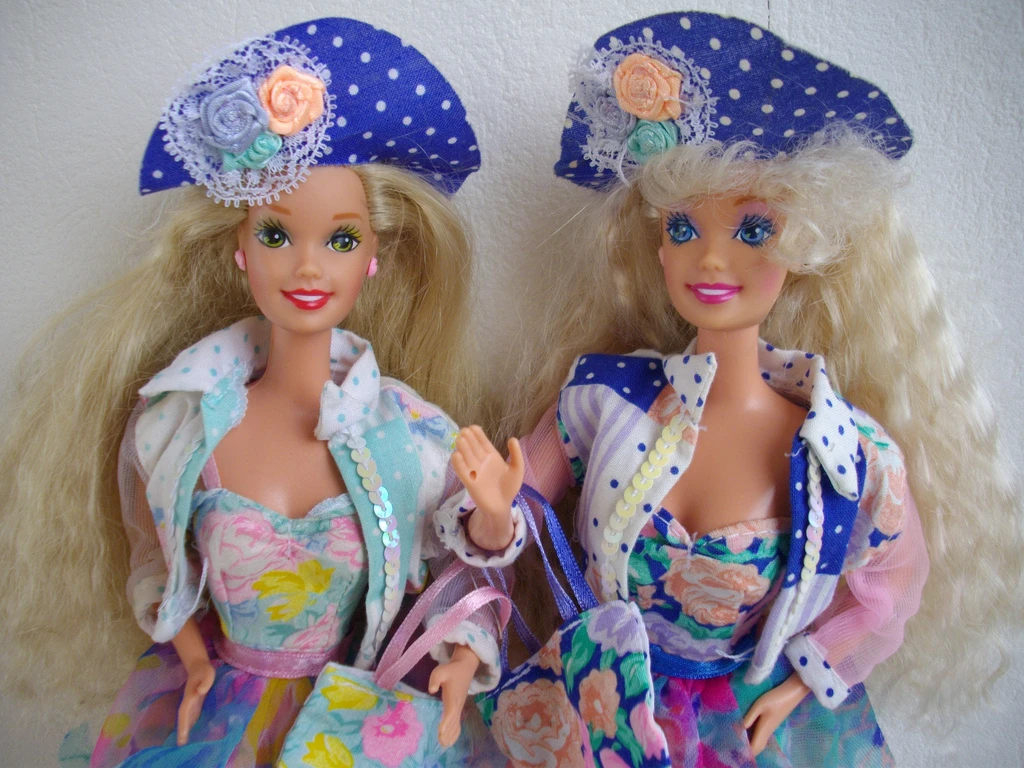Barbie, the iconic fashion doll, was invented by American businesswoman Ruth Handler and was officially introduced at the American International Toy Fair in New York on March 9, 1959. One of the most famous toys in the world, Barbie’s history spans more than six decades, influencing and being influenced by societal standards and trends. This global cultural figure, who is loved by millions, has a backstory that reflects the motivating values she upholds.
Related: Which Barbie Are You?
The Birth of Barbie
Beginning in the middle of the 20th century, Ruth Handler, a brilliant entrepreneur from Denver, identified a void in the toy industry and launched Barbie. She noticed the few depictions of adults while watching her daughter play with paper dolls and the few or no adult characters. This discovery gave rise to a concept that irrevocably altered the toy business.
At the American International Toy Fair in New York City in 1959, Handler unveiled Barbie, which was named after her daughter, Barbara. Barbie stood out from the other dolls on the market because she was a teenage fashion doll with an adult figure. This ground-breaking idea enables kids to envision themselves in the future and role-play adult situations, extending their horizons.
Barbie Through the Ages
Barbie has changed over the years to reflect societal developments and cultural shifts. Barbie took on a variety of professions in the 1960s, including astronaut and surgeon, breaking down barriers and challenging pre-existing gender standards. Barbie represented the growing feminist movement during this time period through her developing professional aspirations.
With the addition of Barbie dolls representing many racial and cultural backgrounds, the 1970s and 1980s saw Barbie become more inclusive and varied. Barbie started to symbolize an increasingly broader spectrum of society in the new millennium, with a variety of body types, skin tones, and skills.
Barbie’s wardrobe has featured pieces from major fashion houses like Gucci, Versace, and Givenchy over the years, reflecting how fashion has evolved over time.
Barbie’s Legacy
The influence of Barbie goes beyond children’s play. She has emerged as a cultural icon who has influenced music, fashion, and even art exhibitions. Barbie dolls have reportedly been sold in more than 150 countries, according to Mattel, the firm Handler co-founded.
Barbie’s voyage hasn’t been free of controversy, though. Her erroneous body proportions and their potential effect on body image have drawn criticism. As a result, Mattel has worked to produce more varied and accurate depictions of women, highlighting Barbie’s ability to change and advance alongside cultural norms.
Conclusion
Barbie’s creation in 1959 transformed the toy market and left a long-lasting mark on society. The reason for Barbie’s continued success and relevance is due to her adaptability and growth, which reflects the times. At the time, Ruth Handler’s idea of a doll that would encourage girls to picture themselves as adults was groundbreaking, and it has had a significant impact on subsequent generations of kids. Barbie has been a cherished character from the beginning to the end, inspiring children all over the world to aim high and embrace variety and inclusivity.




